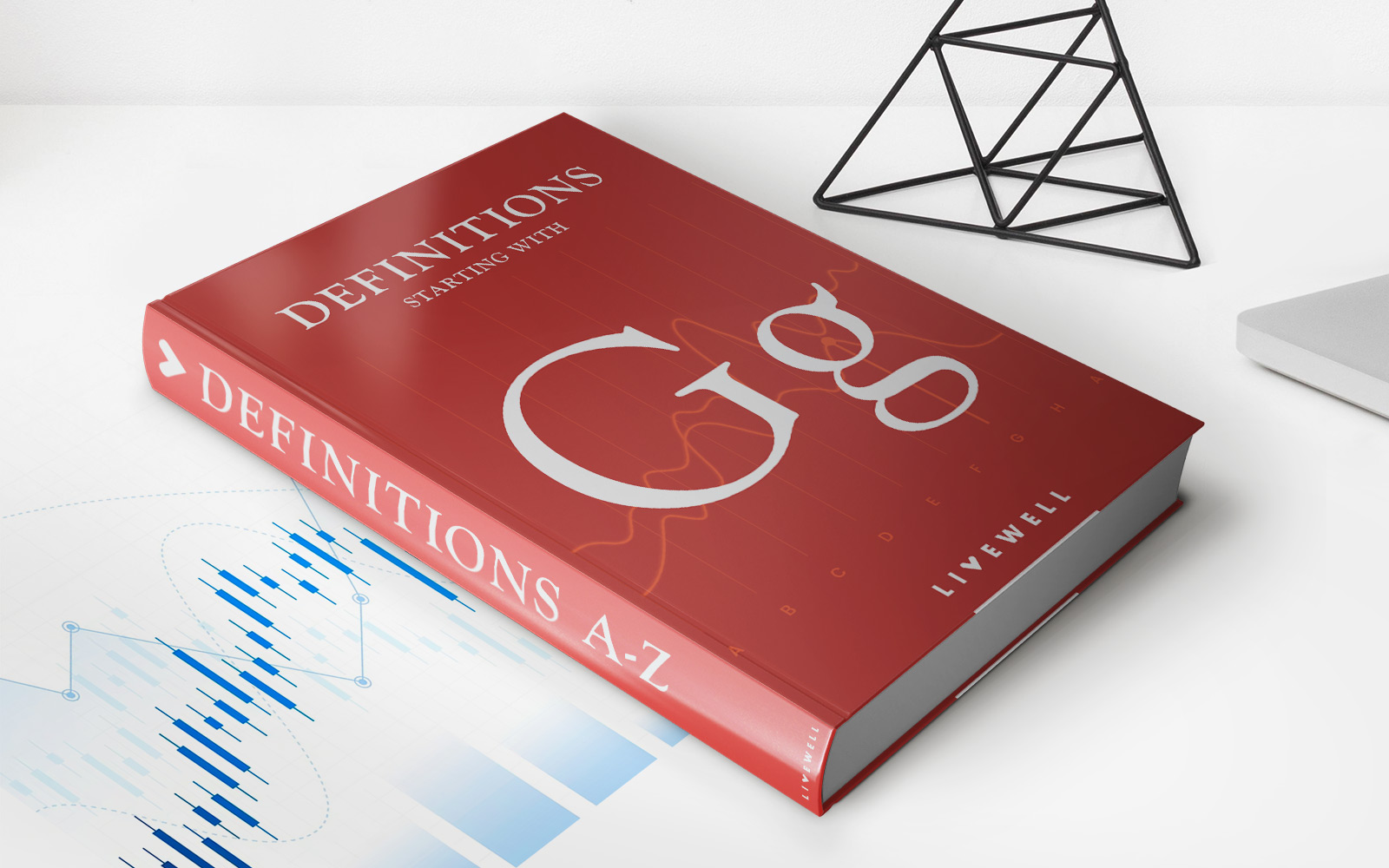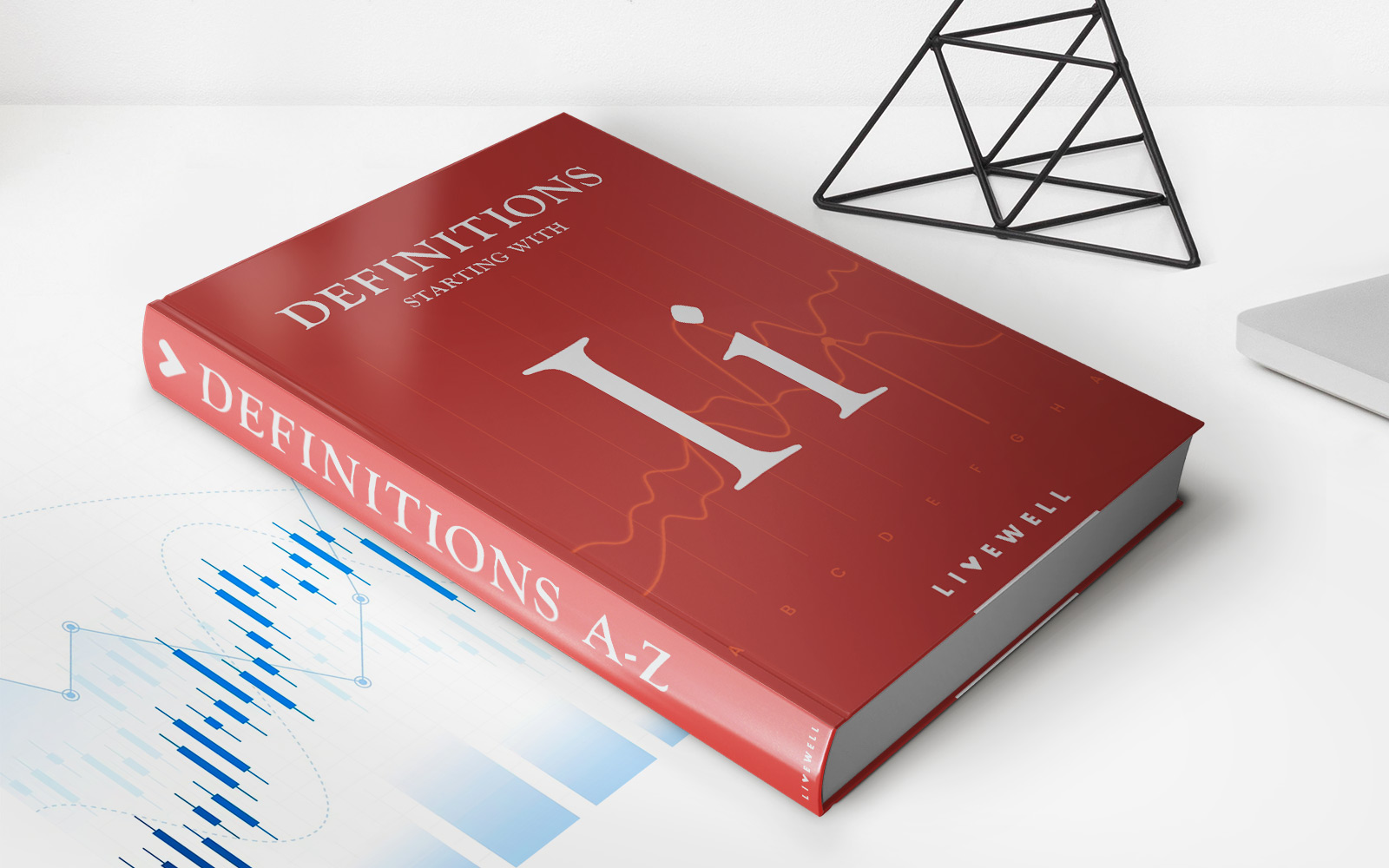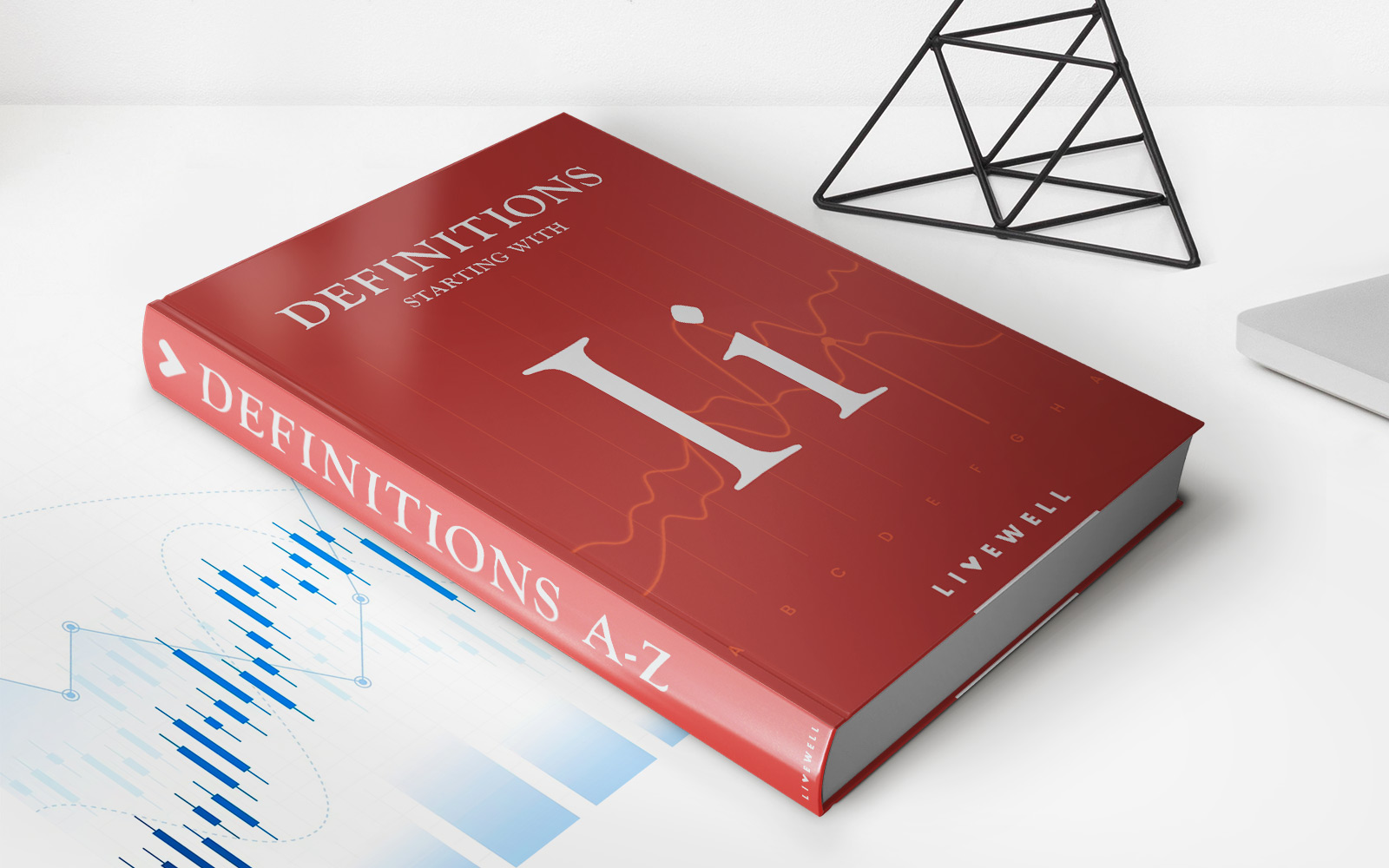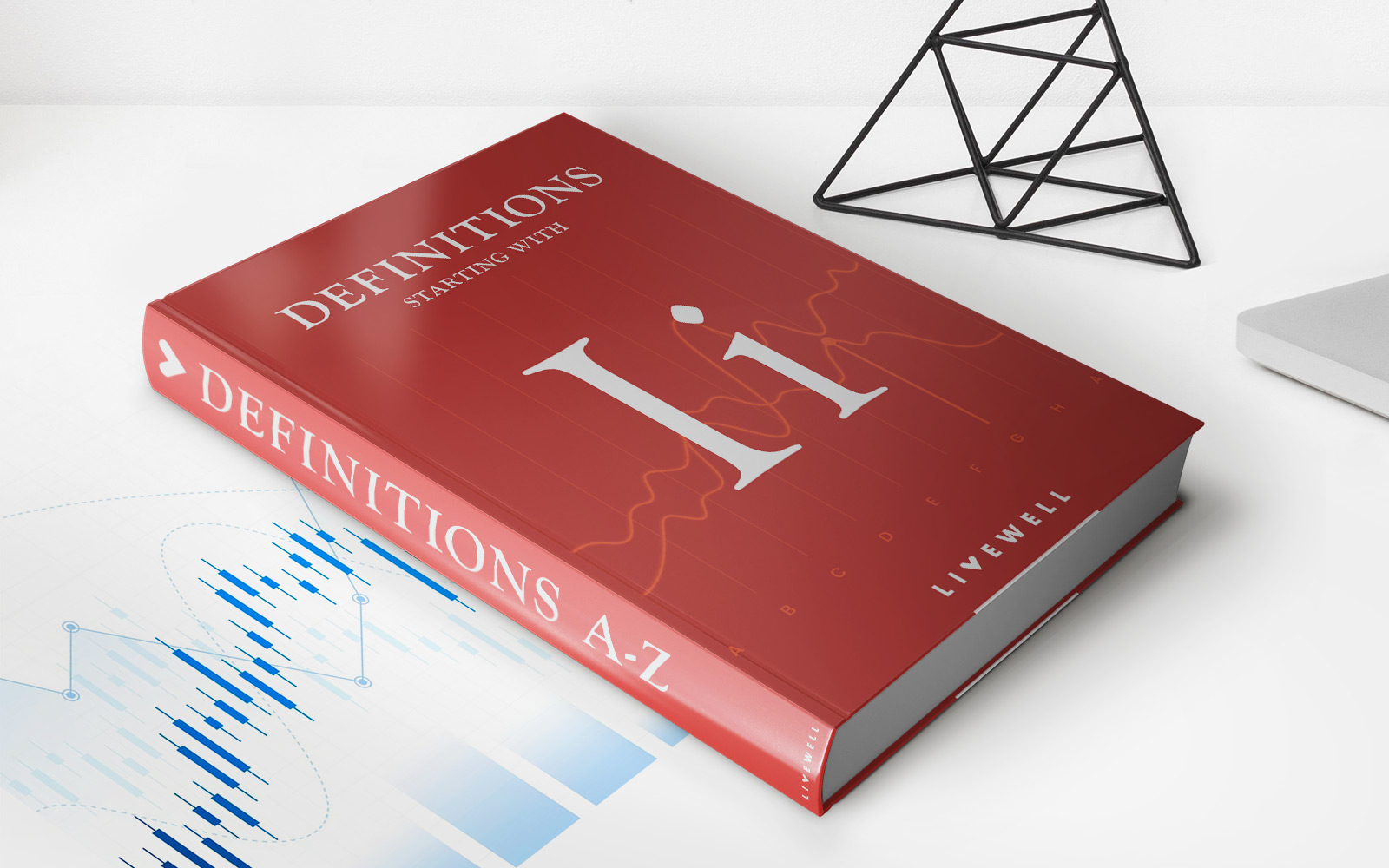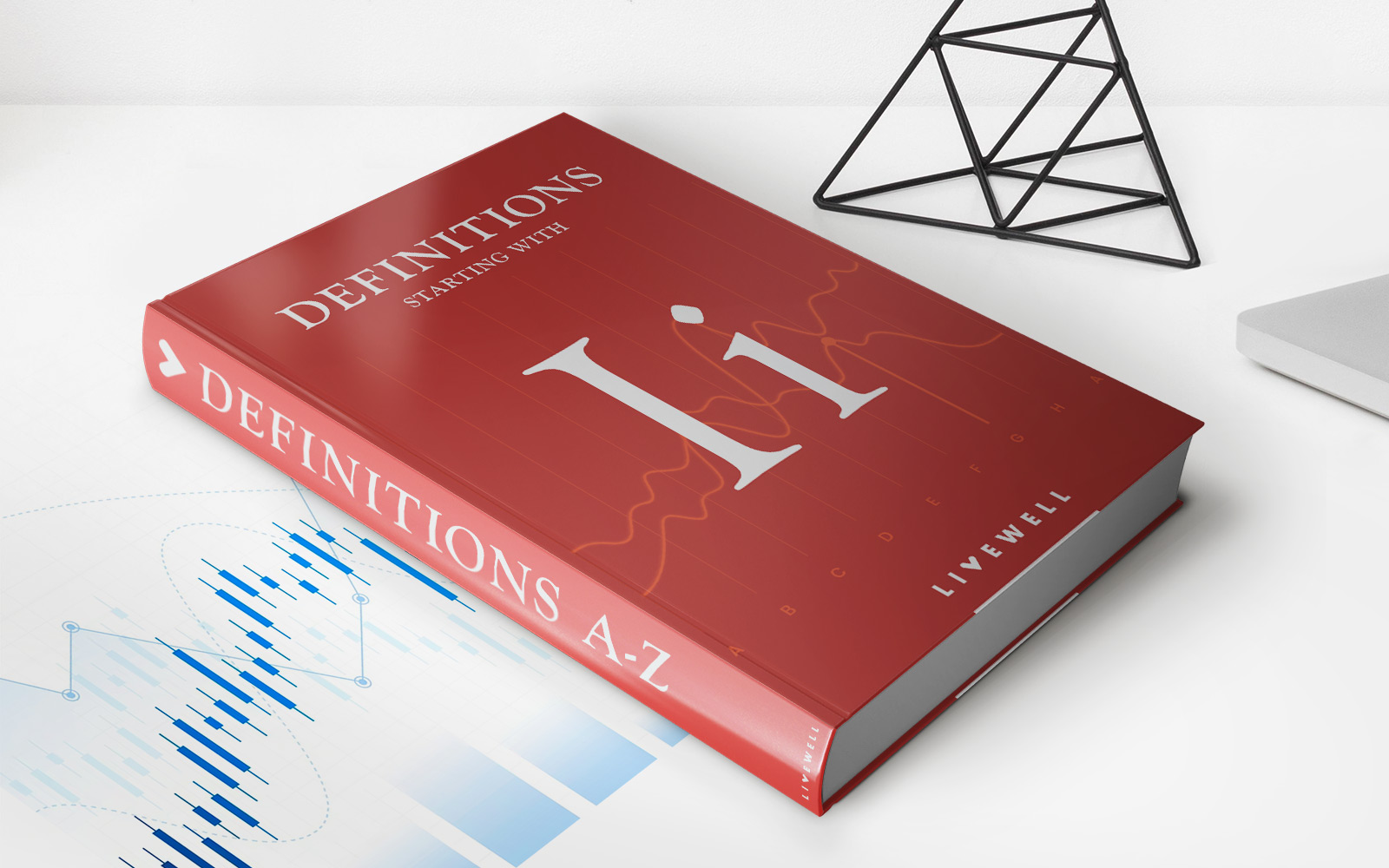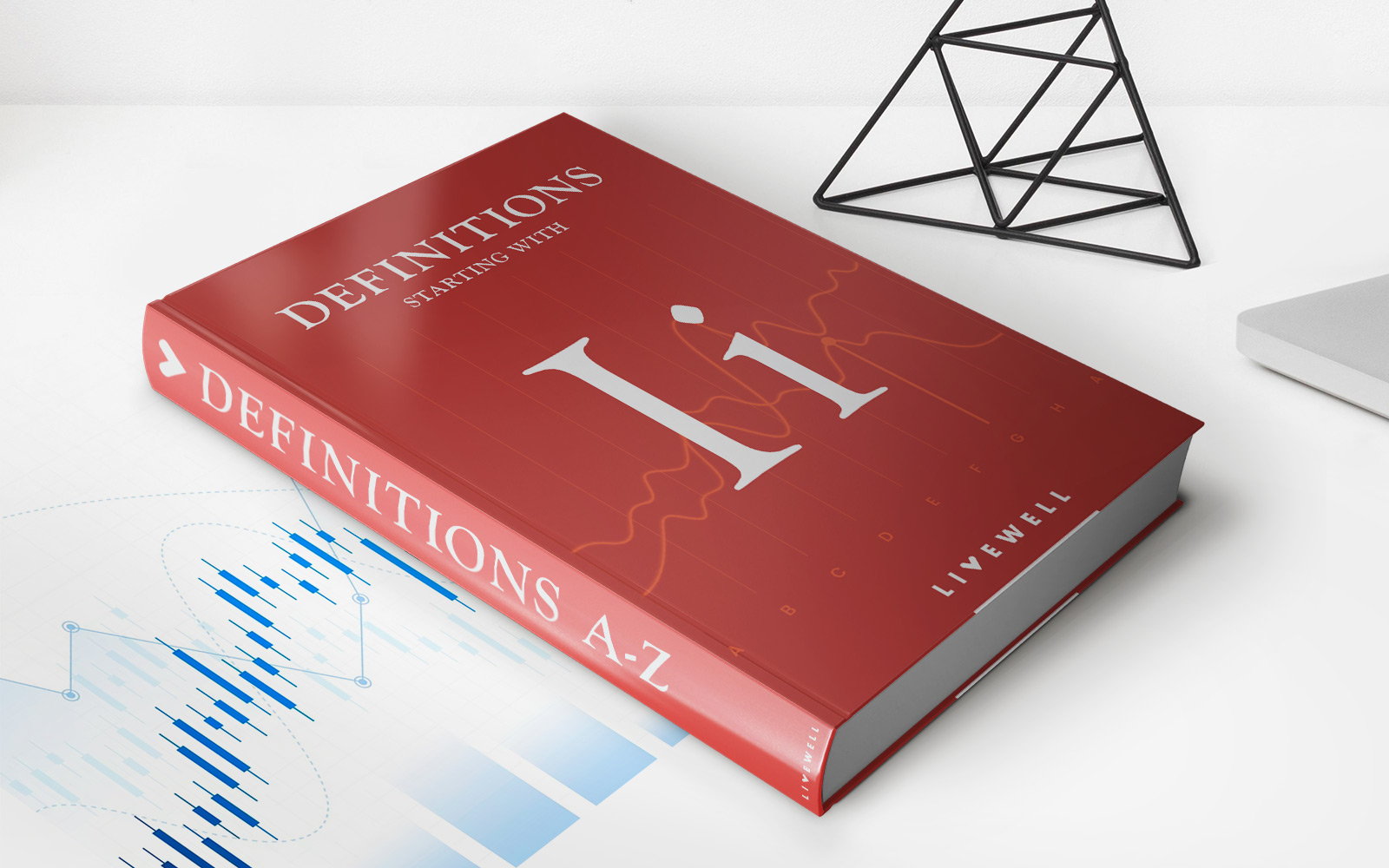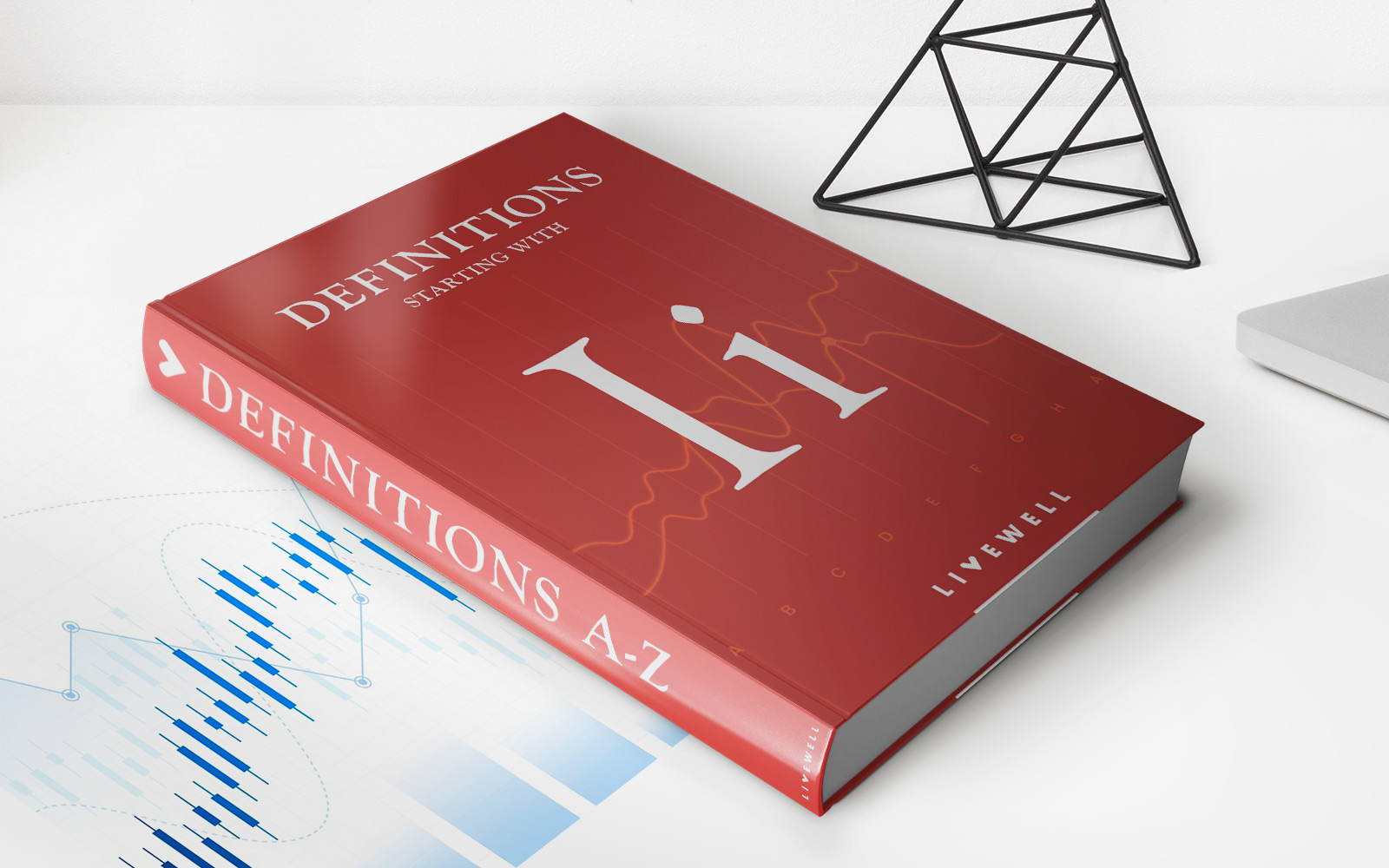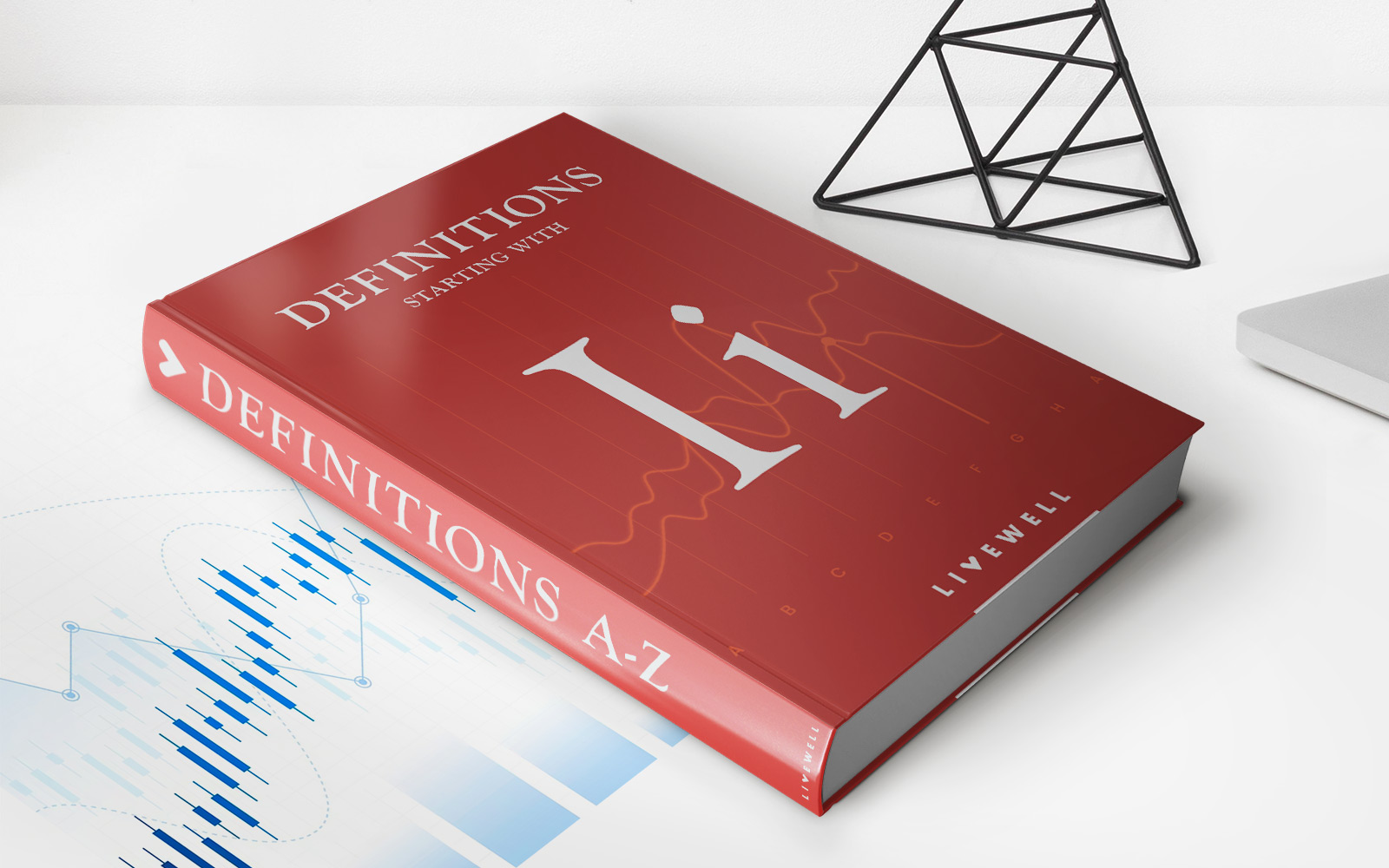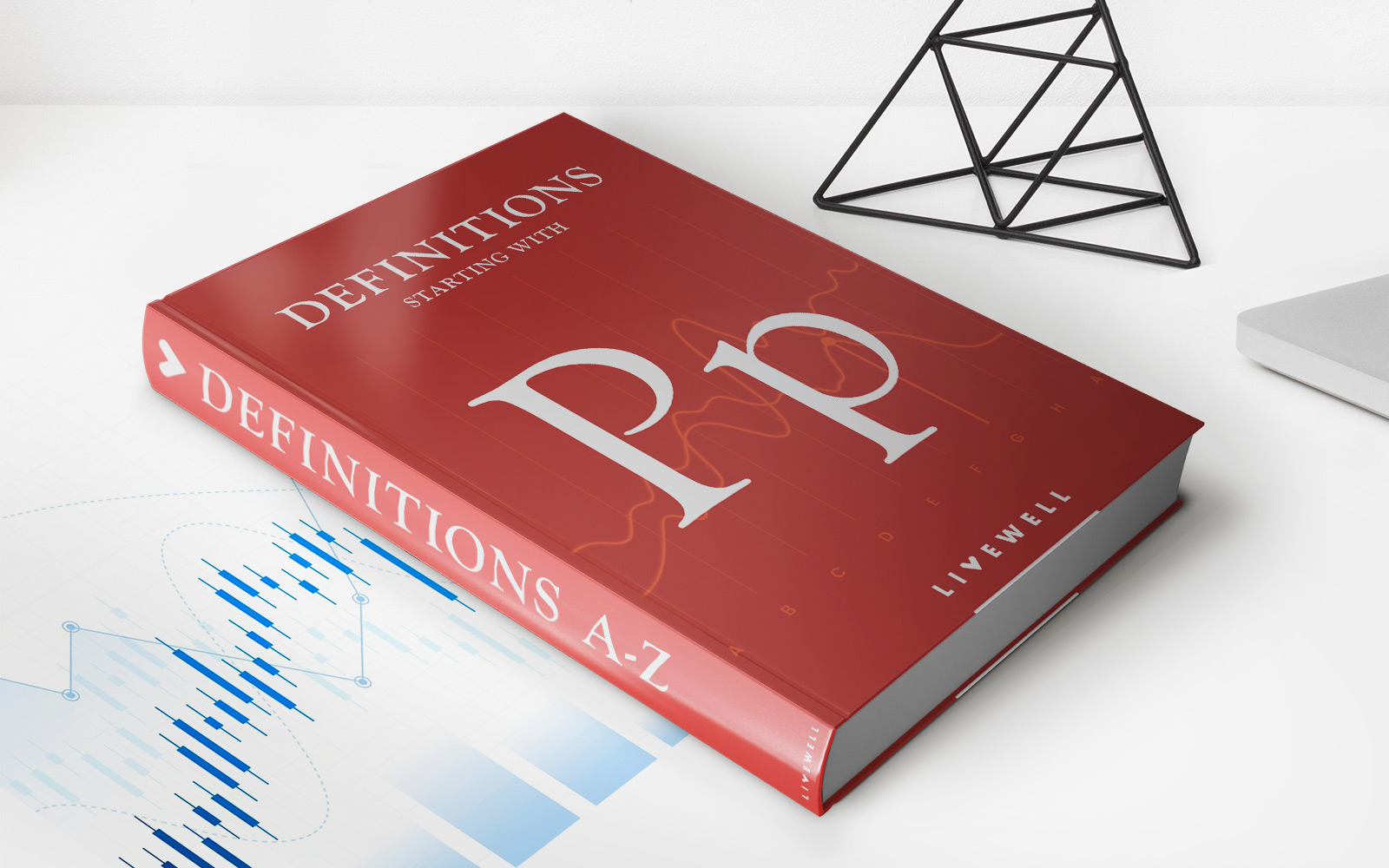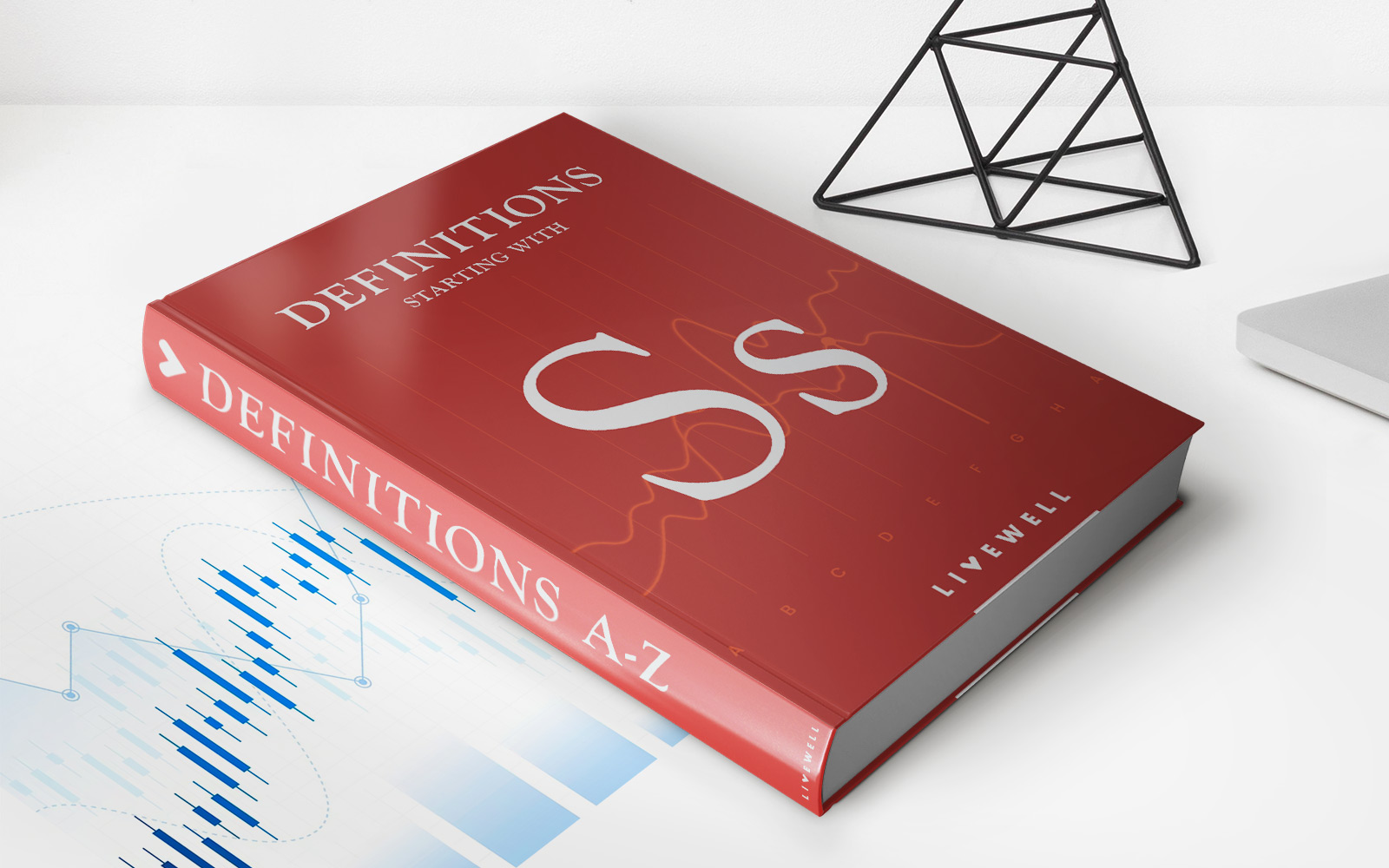Home>Finance>IRS Publication 590: Individual Retirement Arrangements (IRAs) Definition
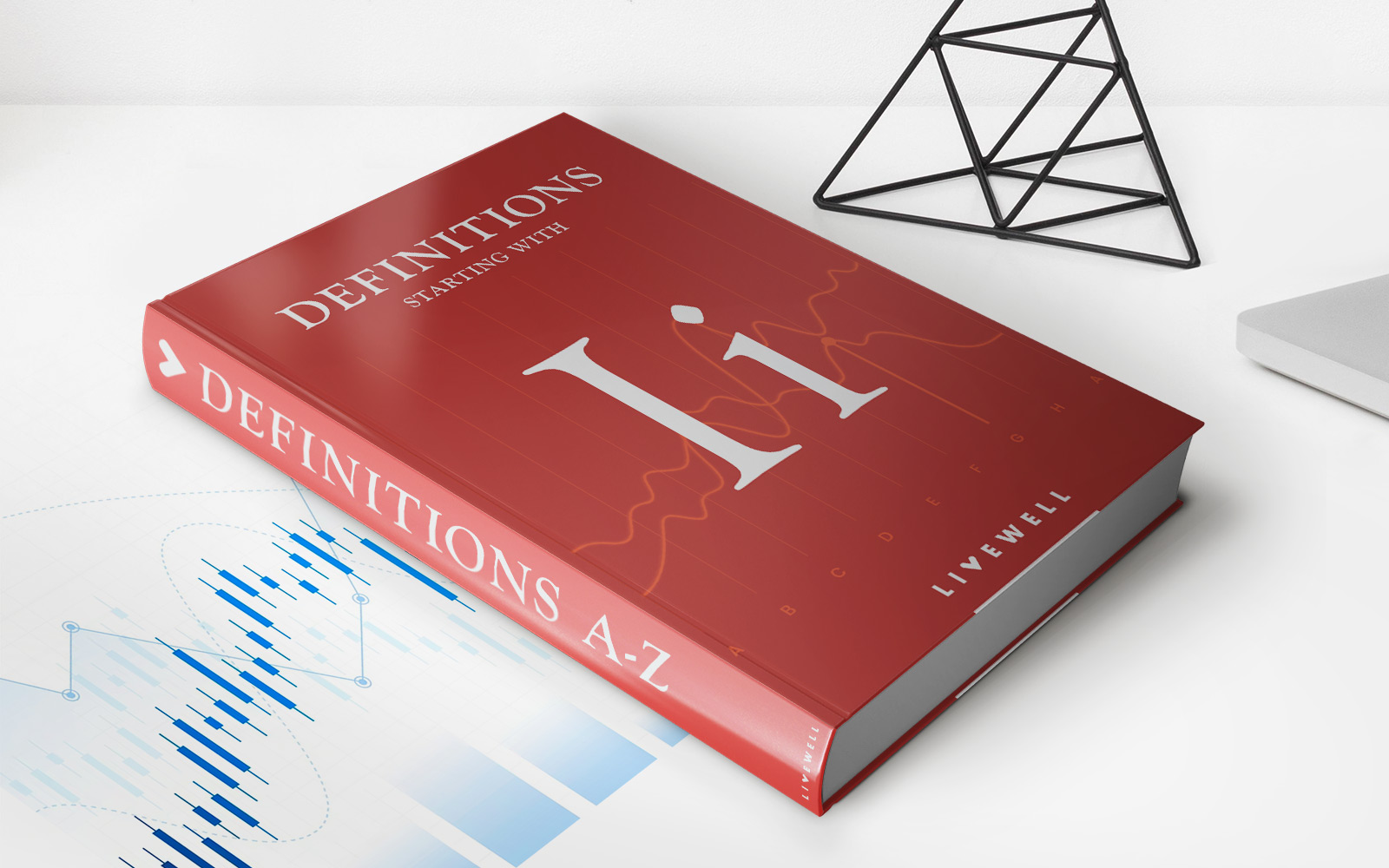

Finance
IRS Publication 590: Individual Retirement Arrangements (IRAs) Definition
Published: December 14, 2023
Learn about the definition and benefits of Individual Retirement Arrangements (IRAs) with the IRS Publication 590. Enhance your finance knowledge and plan for a secure retirement.
(Many of the links in this article redirect to a specific reviewed product. Your purchase of these products through affiliate links helps to generate commission for LiveWell, at no extra cost. Learn more)
Understanding Individual Retirement Arrangements (IRAs) According to IRS Publication 590
If you’re thinking about planning for your retirement, it’s essential to familiarize yourself with Individual Retirement Arrangements (IRAs). But what exactly are IRAs? According to IRS Publication 590, they are a type of retirement plan that allows individuals to save for retirement in a tax-advantaged way. The IRS has published Publication 590 to provide detailed information about IRAs, including their definition, eligibility requirements, contribution limits, distributions, and more.
Key Takeaways
- IRAs are tax-advantaged retirement plans that individuals can use to save for retirement.
- Eligibility requirements, contribution limits, and distribution rules vary based on the type of IRA.
Understanding the Different Types of IRAs
IRS Publication 590 outlines several different types of IRAs, each with its own unique features. These include:
- Traditional IRAs: A traditional IRA allows individuals to make tax-deductible contributions, which grow tax-deferred until withdrawn during retirement. When funds are withdrawn, they are subject to income tax.
- Roth IRAs: Roth IRAs are funded with after-tax dollars, meaning contributions are not tax-deductible. However, qualified distributions from a Roth IRA are tax-free. Roth IRAs also have income eligibility limits.
- SIMPLE IRAs: SIMPLE stands for Savings Incentive Match Plan for Employees. These IRAs are designed for small businesses and self-employed individuals. Contributions made by the employer and employees are tax-deductible.
- SEP IRAs: Simplified Employee Pension (SEP) IRAs are established by employers for their employees. Employers make contributions to SEP IRAs, and these contributions are tax-deductible for the employer.
Contributions and Distributions
When it comes to contributing to an IRA, IRS Publication 590 provides detailed guidelines on contribution limits and eligibility requirements. It explains the benefits of making regular contributions to an IRA and the potential tax advantages associated with these contributions. It also outlines the penalties for exceeding the annual contribution limits or making ineligible contributions.
Furthermore, Publication 590 delves into the rules surrounding distributions from IRAs. It explains the different types of distributions, such as regular distributions, required minimum distributions (RMDs), early distributions, and Roth IRA conversions. The publication also covers the IRS penalties for early distributions and the exceptions to these penalties.
Stay Informed and Plan for the Future
IRS Publication 590 is an invaluable resource for individuals who want to understand the ins and outs of IRAs. By familiarizing yourself with its contents, you can make informed decisions about your retirement savings, contributions, and distributions. Remember, it’s always wise to consult with a financial advisor or tax professional to ensure you’re taking full advantage of the tax benefits and complying with all IRS regulations.
So, if you’re in the early stages of planning your retirement or considering opening an IRA, take the time to read and understand IRS Publication 590. The more knowledge you gain about IRAs, the better prepared you’ll be to navigate the complex world of retirement savings.
